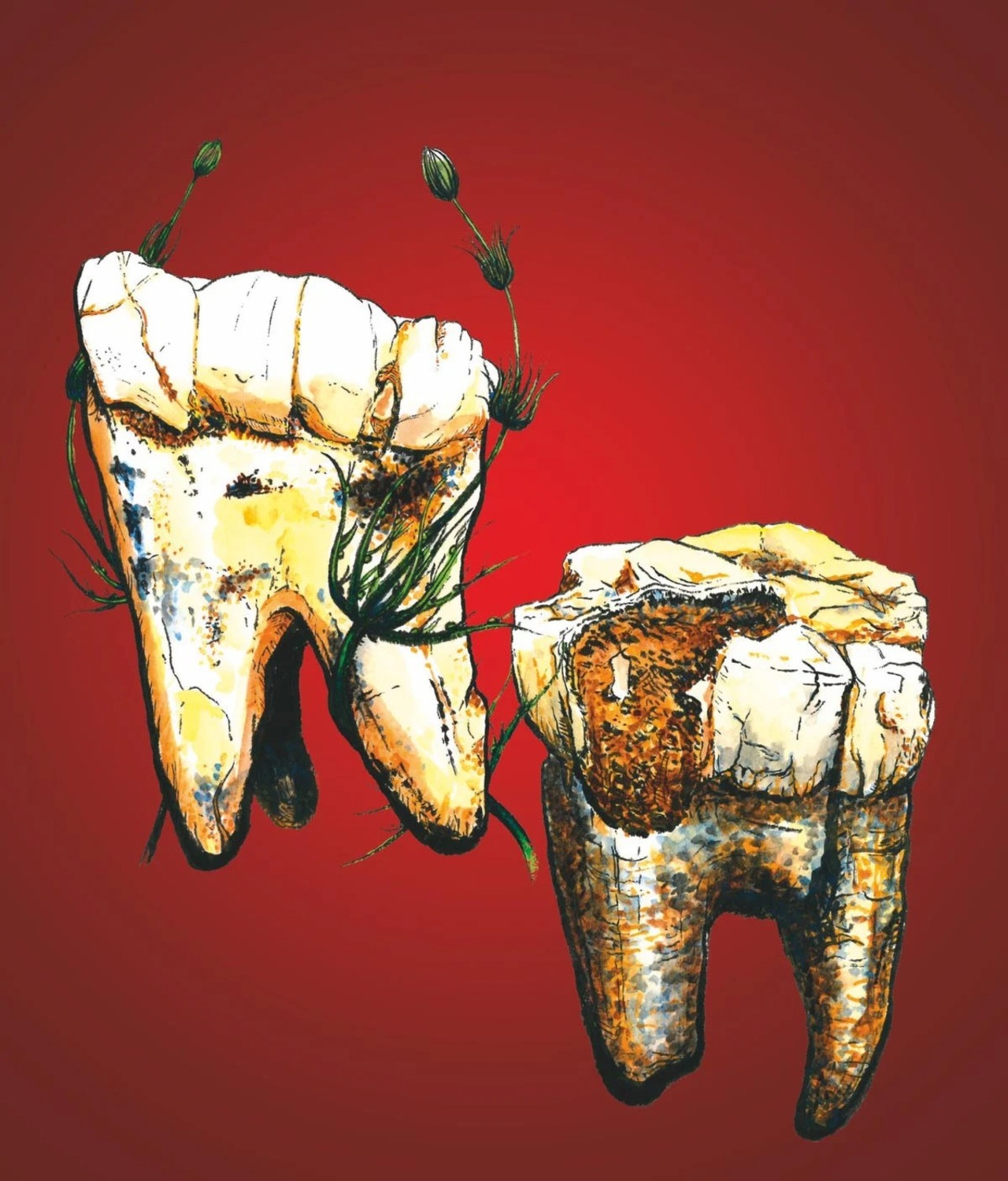
The "real" ghosts of new Mexican literature
Treated as specters of flesh and bone by a system that pretends not to see them, these "ghostly" characters have become the metaphor of a terrifying reality…
"That overcome sadness insinuates, in a low voice, in the ungraspable memory of the reward, that you are looking for your other half, that the sterile conception of last night engendered your own double," wrote Mexican Carlos Fuentes in Aura, a ghost story where the border between the supernatural and the tangible is as thin as the border with imagination.
Considered one of the best Mexican novels of the 20th century despite its brevity, Fuentes tells in Aura, of the strange relationship between a young historian and the mysterious niece of an old woman whose house — a ghostly place — where he goes to write the memoirs of her late husband. However, there are questions of the enigmatic link between the old lady Consuelo and the translucent girl, Aura. Is the house all they share?
The canonical gothic horror novel is, together with Juan Rulfo's mythical Pedro Páramo, a work that serves as a starting point for Carolyn Wolfenzon Niego, professor of Romance Languages and Literatures at Bowdoin University (Maine), to explore the new ghostly narrative that is spawning among young Mexican authors.
Wolfenzon, of Peruvian origin, compares both works with eight recent books by Guadalupe Nettel, Valeria Luiselli, Yuri Herrera, Emiliano Monge, Daniel Sada, and Élmer Mendoza, Julián Herbert and Carmen Boullosa with the goal of reflecting on the change operated in the "spectral." The new approach is used by these new narrators to make a political and social criticism of the violent reality of Mexico, the situation of the migrant as a Doppelgänger (the other phantasmagoric), and the blind and silent way the system confronts women and minorities.
It's an arduous and meticulous work that the academic has compiled in the book, Nuevos fantasmas recorren México (ed. beroamericana/Vervuert). But what do Rulfo's disembodied specters have to do with those who are trying hard to cross the border into the United States?
Their quality of being "invisible," said Carolyn Wolfenzon.
Research for the project came about almost by chance.
The professor had been interviewing several of the authors for a literary magazine in her native Peru, under the premise that they had recent works.
"After interviewing them, I realized that they were recreating the ghost that is so important in Mexican literature," she said.
RELATED CONTENT
One of the books included in the essay is Carmen Boullosa's delirious feminist satire, The Romantic Plot, where she "resurrects" authentic classic authors like Dante Alighieri to participate in a literary festival that has a peculiarity. All the great writers, including Dante, are dead.
Boullosa goes further to launch her protagonists into a series of strange adventures in which they cross the border between the United States and Mexico on the backs of rats, and even attend the filming of El Zorro. It's an exercise between the road-novel, the carnival and Night of the Living Dead. Wolfenzon also emphasizes that "the canon is artificial and is made by men, even dead men."
She added that "ghosts pursue the canon, and the absent women are also ghosts," while stereotypical images of a violent and tortured Mexico and a calm and peaceful, obviously ironic America are revealed. That, she says, is the real "wall" that Boullosa uses to show social inequalities, clichés, and the exclusion of women from literature.
Other specters also analyzed are the ones that appear in Daniel Sada's book Porque parece mentira la verdad nunca se sabe (Because it seems like a lie, the truth is never known), where the dead, the disappeared and an electoral fraud serve Sada to make ghosts wander through the desert.
"The characters only do one thing in the whole novel. They are like the dead who are alive, in this space that does not belong to anyone. It's the border between Mexico and the United States, and the atmosphere of a new kind of hell," he said.
In the nonfiction work La casa del dolor ajeno (The House of Other People's Pain), journalist Julian Herbert investigates a massacre that took place in Torreon, Mexico, where almost half of the Chinese population that lived there was killed, but no one remembers, not even in the Museum of the Revolution, where the murders took place.
"Normally we connect museums and monuments with history, but in Mexico they are trying to erase history and build monuments that instead of reminding you of this ghost that died for an act of hate, of xenophobia, represent how beautiful they say the revolution was," concluded Wolfenzon Niego. "They do not mention how behind the revolution, under the museum, is the grave of 200 to 300 people."
In short, new hells, nightmares do not pass from sleep to life, but are life itself. Nuevos fantasmas recorren México is a necessary work for reflecting on the new imaginary of Mexican literature where the dead, who have always been very present in the country's culture, become the trigger and witness to a reality that can't be hidden under a sheet.












LEAVE A COMMENT: